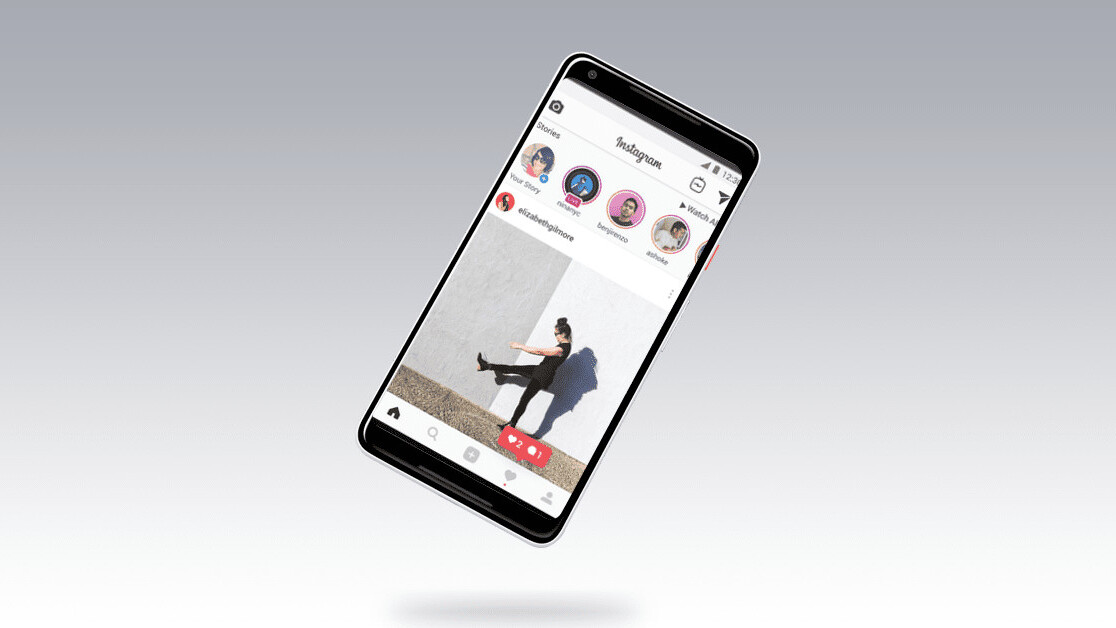
Twenty-one years old this year, no one can dispute the dominance Google has enjoyed in the world of search. After all, it has a massive 81.5 percent market share worldwide. But, new players are beginning to chip away at its position in Europe and North America — particularly when it comes to users researching products — and they’re coming from different fields.
If you shift the focus to look at time spent online as a whole, the vast majority (96 percent) of activity already takes place outside search engines. Meanwhile, more time is being spent on social media, with the average user now spending 2 hours and 16 minutes on social each day — up by a minute from last year.
And, as social platforms evolve to become less about conversation and more about entertainment, online consumer behavior is also shifting. The content focus of social networks is making them a prime destination for researching and buying new products; a behavior trend that responsive brands can now see as a big opportunity.
Product research shifts to social
Historically, consumers have always headed to search engines to engage with products that interested them. As a result, search engine optimization (SEO) and pay-per-click advertising (PPC) have been key in allowing brands to get their products in front of users in that all-important research phase.
However, users are now turning to social networks for product research. Recent studies from GlobalWebIndex and Facebook have found that over a quarter of global users between the ages of 16-64 have turned to social networks during their online product research. A sizeable 81 percent of respondents specified that Instagram, originally set up as a photo sharing platform, is now a consumer search go-to.
This trend’s prominence becomes more evident when focusing on younger consumers. According to GlobalWebIndex’s Social media report, social media has already surpassed search engines as the leading product research channel among 16-24 year olds.
And it’s this trend that should stick in our minds, with insights suggesting that Gen Z will become 40 percent of all consumers by next year.
Prioritize the Gen Z market
The growing influence of Gen Z is clear. Fast-growing and demographically young markets such as Latin America, the Middle East, and Africa are already fully engaged in social search.
57 percent of Latin American users are more inclined to start their product research on social media and 64 percent of users in Middle and East Africa will do the same. A sure sign that the trend is set to take hold globally.
So, for brands operating in European and North American markets, 2020 presents a huge opportunity — that’s if businesses are prepared to shift their strategy. Gen Z love images, so companies need to adapt their digital marketing strategies to prioritize image-based content, as well as investing in their social media departments, ensuring they have the right resources in place.
Beauty matters on social
Social product research is a completely different experience to the traditional and formulaic “search to ad” experience we’ve all been used to. Users expect to see products displayed in natural, realistic settings — and, most importantly, they expect it to be done beautifully. That means an end to generic ads that promote goods with a siloed, product-first focus.
To capture their audiences, companies need to wholeheartedly invest in design and creative. They need teams of people who can create the images and assets that will inspire and captivate their social user — and they need them quickly.
Beyond 2020: visual search on the horizon
This links with visual search which, although in its infancy, is already being led by the likes of Google Lens and Pinterest Lens. These platforms let users take photos, or use an existing photo, to find products related to it. The technology is primed and ready to take over search.
The CEO of Pinterest Ben Silbermann believes the future of search “will be about pictures rather than keywords” — implying they’re readying themselves to fully tackle the search space.
Earlier this year, Facebook bought an artificial intelligence startup that created a visual search technology that allows people to take photos of a real-world object and use them to look for similar items online. They’ve also spoken about an upcoming visual search technology, similar to that of Google’s and Pinterest’s Lens technology. They claim it will let users take a photo of something they like, and then Marketplace will search across its listings to present them with similar items.
Meanwhile, Instagram started to introduce alt text to photos in an effort to make the platform more accessible — and images more searchable. They’ve also launched in-app shopping, something that they’ll expand into other territories in the near future.
Combined with the popularity of image based social networks such as Instagram and Pinterest, visual search technology could present further opportunity for social to take hold of product based searches. Accounting for the influence of Gen Z, this is certainly a trend digital marketers need to adapt their digital strategies and teams for.
Get the TNW newsletter
Get the most important tech news in your inbox each week.




